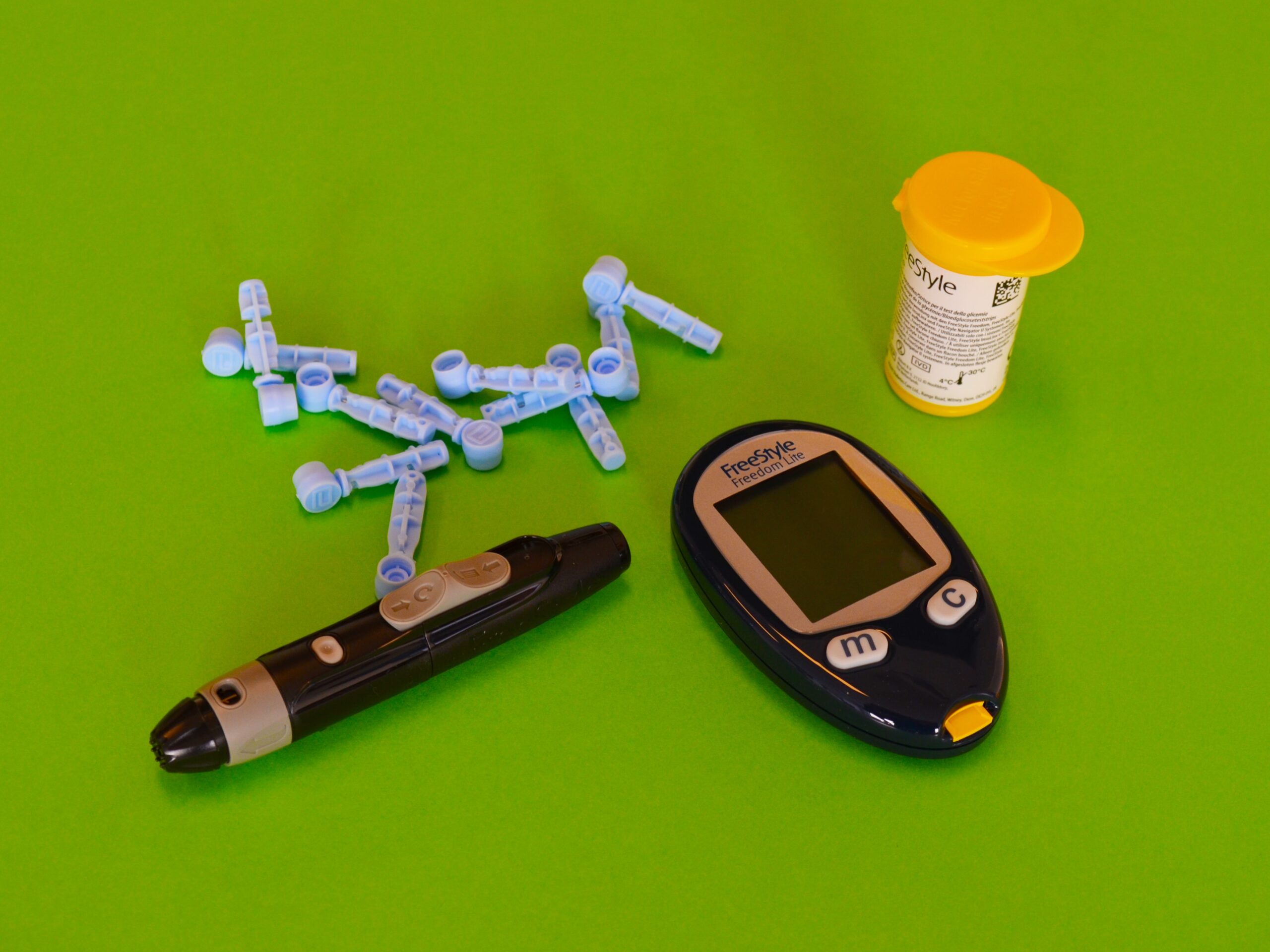Type 2 diabetes is a disease characterized by chronic hyperglycemia, that is to say by too high a level of glucose or sugar in the blood. What are its causes and possible complications? How to diagnose it? And cure it? Here are our explanations.
Type 2 diabetes, what is it?
Type 2 diabetes is a disease characterized by chronic hyperglycemia, that is to say by too high a level of glucose or sugar in the blood. This disease usually occurs in adults advancing in age, and affects more:
- obese people;
- people who are overweight.
In a healthy individual, blood sugar is controlled by insulin, a hormone secreted by the pancreas. Insulin allows sugar to enter cells to be used as fuel, particularly in muscles and the liver.
In a person with type 2 diabetes, the body becomes unable to regulate blood sugar, ie the level of glucose in the blood. This is when the blood sugar rises. This is called hyperglycemia . In the long term, if blood sugar levels are not lowered by treatments, it can cause serious health problems, especially cardiovascular problems.
This chronic disease requires individualized treatment and close monitoring by the affected person and the medical team. Healthy lifestyle habits are the basis of treatment. If these habits are not enough to lower blood sugar, medications can be used.
The different forms of diabetes
There are 2 main forms of diabetes, both characterized by chronic hyperglycemia:
- type 1 diabetes;
- type 2 diabetes.
Type 1 diabetes occurs in young people and often appears in childhood. It is caused by an autoimmune destruction of the pancreas which no longer produces insulin. The cause is not well known and there is currently no possible prevention. Affected people are therefore dependent on insulin, which must be administered by injection.
As for type 2 diabetes, which accounts for 90% of diabetes cases, it occurs later in life. It is mainly due to a state of insulin resistance and is associated with overweight.
A rapidly progressing disease
The number of people with type 2 diabetes is steadily increasing and this trend is attributed to the “Western” lifestyle, which is associated with a sedentary lifestyle and obesity, as well as the aging of the population. Globally, the International Diabetes Federation predicts that the number of people with diabetes could increase from 285 million in 2010 to 438 million in 2030.
10% of Canadians live with diagnosed diabetes. This rate increases with age to reach nearly 18% among those aged 65 and over. In total, nearly 11.5 million Canadians have diabetes or prediabetes. In addition, many cases of diabetes are unknown because they are not detected.
Type 2 diabetes generally appears after the age of 40, but today affects more and more children and adolescents, because of obesity which affects more and more young people.
What causes type 2 diabetes?
Diabetes results from the combination of:
- genetic factors;
- environmental factors ;
- lifestyle factors.
In general, each person carries a hereditary baggage that predisposes them to suffer from diabetes or on the contrary protects them. Researchers now know of several genes that put an individual at risk of developing type 2 diabetes.
In people genetically predisposed to the disease, it is usually overweight and particularly the accumulation of fat in the organs of the abdomen that leads to insulin resistance, the first step towards type 2 diabetes.
Initially, to compensate for insulin resistance, the pancreas begins to produce more insulin. However, over time, the pancreas becomes exhausted and insulin secretion decreases. There is therefore a relative lack of insulin and the blood sugar level then remains continuously high.
Type 2 diabetes is therefore the result of 2 phenomena:
- first insulin resistance;
- then the exhaustion of the pancreas.
Type 2 diabetes: how to diagnose it?
Since type 2 diabetes is rarely accompanied by symptoms in its early stages, it is often discovered incidentally during a routine medical examination.
Blood sugar tests can detect it: a fasting or random blood sugar test and, sometimes, a test for induced hyperglycemia. This last test consists of a blood sugar reading 2 hours after ingesting a sweet juice containing 75 g of glucose. Typically, fasting blood glucose rises gradually over the years from a normal level to an intermediate state of prediabetes and then to the diabetic threshold.
Blood sugar can be:
- measured by a blood test;
- estimated using a blood glucose meter, or glucometer, which analyzes blood sugar on a drop of blood taken from the fingertip.
Even if the results are normal, it is usually recommended to have these examinations at regular intervals in order to detect the disease as early as possible.
Type 2 diabetes: possible complications
In the long term, many diabetics see their state of health worsen due to their disease, especially if the diabetes is not well controlled and monitored. Indeed, chronically high blood sugar gradually damages nerves and blood vessels, mainly in the eyes and kidneys.
Diabetes can thus be the cause of:
- cardiovascular diseases;
- irreversible vision loss;
- pain due to nerve damage;
- renal failure.
In its early stages, type 2 diabetes causes few or no symptoms. It can therefore go unnoticed for several years. However, some people may experience symptoms caused by high blood sugar.
